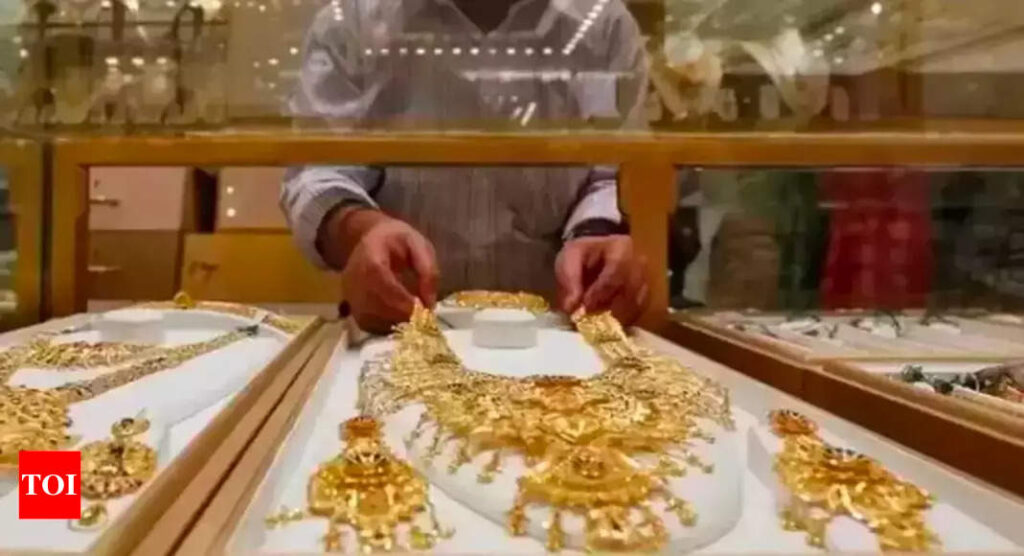[ad_1]
Tata Group’s Tanishq got Rs 3,890 crore in FY23 through this deposit scheme, marking a 44% rise from Rs 2,701 crore in the previous fiscal year. Reliance Retail also saw an uptick, raking in Rs 282 crore according to their latest annual report, compared to Rs 184 crore a year earlier.
Typically, retailers provide incentives to depositors, often in the form of discounts on installments. For instance, Tanishq’s Golden Harvest extends discounts of up to 75% on the first installment in a 10-month scheme.
New Gold Hallmark Rules: How to check gold purity stamp before buying; know new hallmarking rules
Even regional players have adopted the monthly deposit model. Pune-based PNG Jewellers, operating 42 stores in Maharashtra and Goa, garnered Rs 700 crore in FY23, marking a 27% increase from FY22. Similarly, Kolkata-based Senco Gold reported Rs 192 crore in deposits for the past fiscal year, marking an 89% year-on-year increase.
Ajoy Chawla, CEO of jewelry at Titan Co., which runs the Tanishq chain, noted that Covid had impacted the gold jewelry purchase scheme, but it has picked up now. Enrollments in the scheme during the April-June quarter of this fiscal year surged by 50% compared to the same period last year, he told ET.
Last fiscal, jewelry purchase schemes accounted for 19% of Tanishq’s sales, a figure expected to rise to 21% this year, as stated by Chawla. These schemes allow consumers to accumulate gold jewelry over time through monthly fixed deposits, similar to an EMI scheme, allowing consumers to pre-plan their purchases.
Saurabh Gadgil, Chairman and Managing Director of PNG Jewellers, disclosed that nearly 20% of their sales are attributed to the jewelry purchase scheme. He said that although the initial surge in gold prices deterred purchases, customers have adapted to the pricing. He anticipates increased scheme enrollments during the upcoming festive season.
India’s overall gold consumption declined by 2.9% in 2022 to 774 tonnes from 797.3 tonnes in 2021, according to the World Gold Council. This year, the council predicts a 10% year-on-year decline in gold demand, the lowest in three years, primarily due to the deterrent effect of record high prices on retail purchases.
Gold prices surged from Rs 55,300 per 10 grams in January to Rs 60,000 per 10 grams in March, triggered by the American banking crisis. Prices have since corrected to Rs 59,200 per 10 grams.
Chawla acknowledged the market’s volatility, noting that previously, gold purchases were spread throughout the year, but now they are occasion-specific. Buyers flood the market during events like Akshaya Tritiya, Onam, Dhanteras, Durga Puja, or family weddings, he told ET.
Additionally, the average gold consumer is increasingly drawn to alternative investment avenues such as sovereign gold bonds and gold exchange-traded funds (ETFs), according to Nilanjan Dey, director of Wishlist Capital. However, traditional gold schemes with attractive features embedded in them continue to hold appeal for a significant portion of the market, he said elucidating their continued popularity.
[ad_2]
Source link











More Stories
India’S Growth Forecast: S&P ups India’s FY’24 growth forecast to 6.4% on robust domestic momentum
India to remain fastest-growing major economy, but demand uneven: Poll
Jack Ma: Jack Ma gets back into business with ‘Ma’s Kitchen Food’